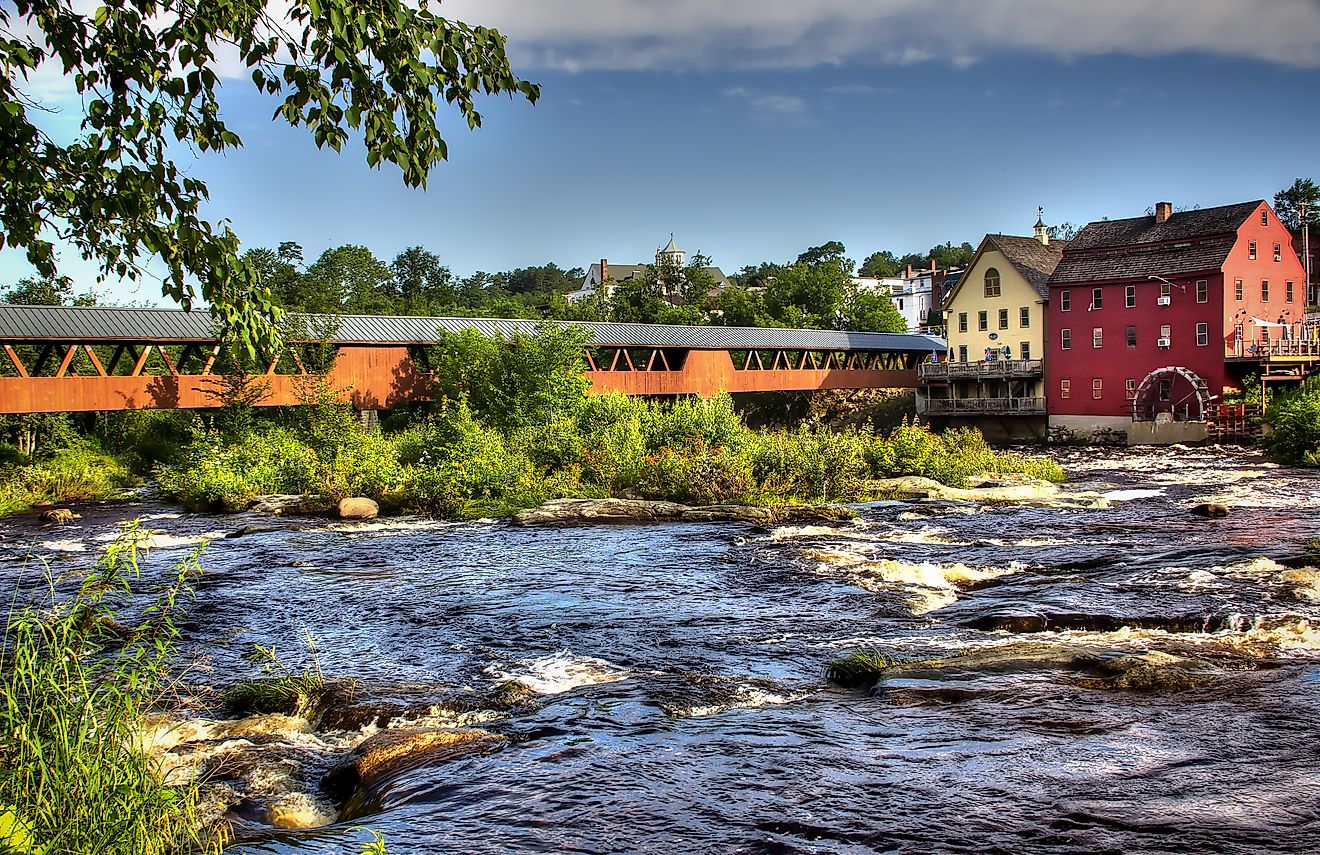
7 Snake Infested State Parks In Arizona
Amidst its quintessential mesquite landscape, betwixt its foundational red rocks, and sometimes even swimming in its trickling creeks and scant watering holes, Arizona harbors no less than 40 native species of snakes. Of this large variety of cold-blooded, limbless reptiles, over a dozen species are venomous, and 13 of those are rattlesnakes. Some of the best places (or worst, depending on your perspective) to see these introverted icons of the American Southwest is throughout The Grand Canyon State's locally-protected spaces. Hence, let's pay a visit to seven of Arizona's snake-infested state parks.
Dead Horse Ranch State Park
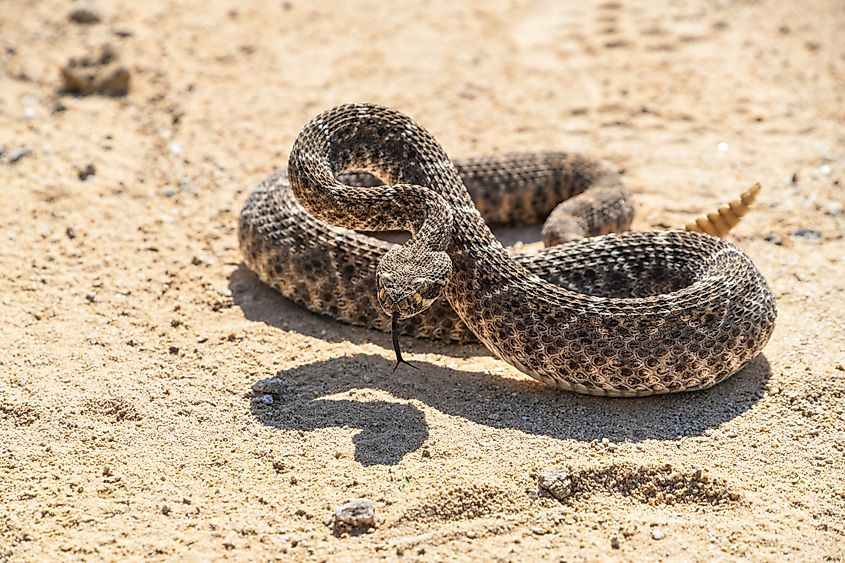
Central Arizona's Dead Horse Ranch State Park is nestled on the banks of the Verde River, between the city of Cottonwood and the remains of a hilltop pueblo at Tuzigoot National Monument. Opened to the public on June 1, 1977, this easily accessible 423-acre sanctuary is popular among paddlers, anglers, hikers, and comfort campers and regularly hosts family-friendly events. In terms of wildlife, Dead Horse Ranch State Park is home to the adorable river otter (reintroduced into the Verde River Valley in the 1980s), the tree-climbing gray fox, Gambel's quail (with its curious head feather and distinctive call), the commonly-sighted Coues whitetail deer, the red-spotted toad, and the 3-foot-long, black and white-striped California kingsnake (Lampropeltis californiae). Despite its striking look, this latter resident is non-venomous and is actually known to hunt rattlesnakes, including Dead Horse Ranch's frequent venomous visitor: the western diamondback (Crotalus atrox).
Red Rock State Park
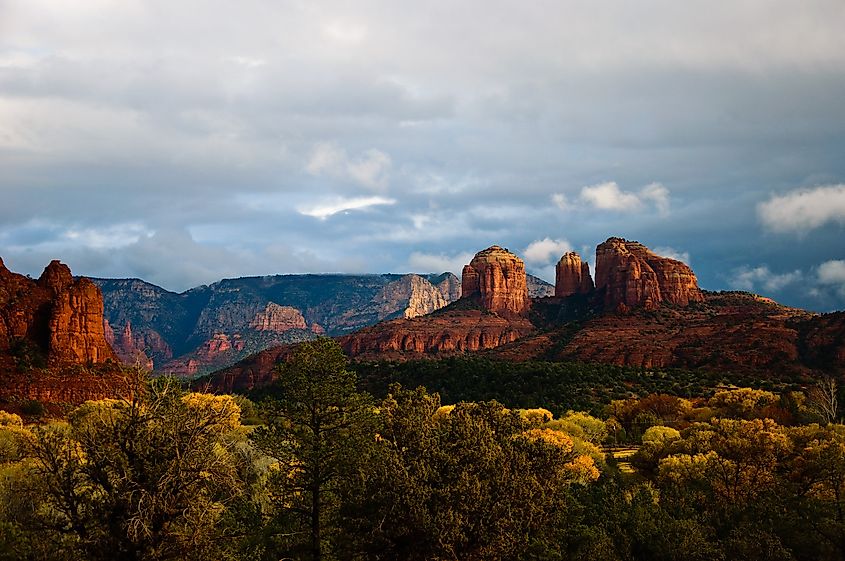
Less than 20 miles into the drive toward Sedona from Dead Horse Ranch State Park, a short turn-off to Red Rock State Park reveals the striated, rusty rock monuments so emblematic of Arizona. But this 286-acre preserve is far from barren, as the cradling Oak Creek feeds verdant meadows and juniper forests. Given its proximity to Dead Horse Ranch, visitors can expect wildlife overlap, but some additional characters of note include the mule deer, the pig-like javelina, and a blend of resident and migratory birds sufficient to warrant regular "bird walk" tours.
In terms of new snakes, expect to spot the lengthy but harmless gopher snake (Pituophis catenifer) - one of the most common species in the state - as well as two additional species of rattlesnake: the sidewinder (Crotalus cerastes) and the Mojave rattlesnake (Crotalus scutulatus). As always, the latter two pit vipers will rapidly shake their tails to alert you of their presence. But if you're still worried about a potential encounter out there on Red Rock's 5-mile trail system, seek solace in one of the daily, naturalist-led hikes.
Slide Rock State Park
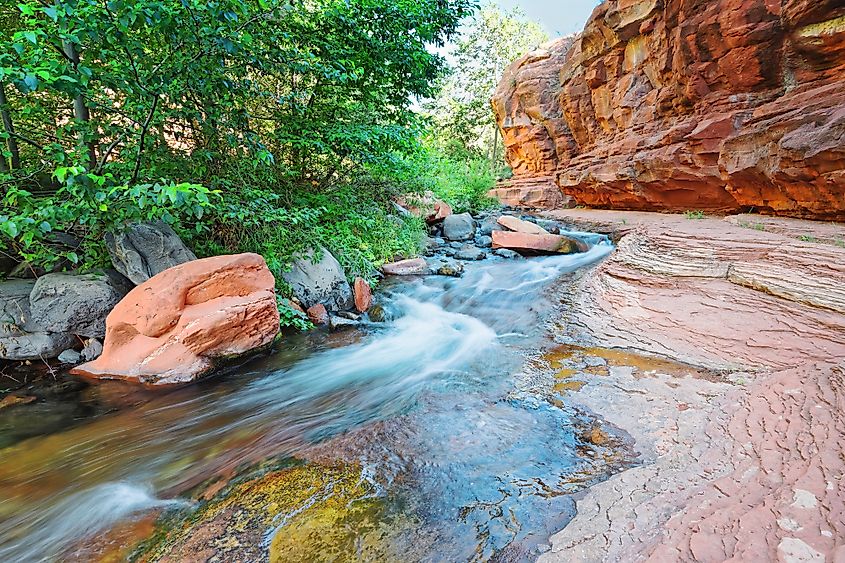
Continuing on this same Highway 89A trajectory, Slide Rock State Park awaits on the far side of Sedona, just 15 miles from Red Rock. Here, Oak Creek cuts right through this former homestead/apple farm, with an 80-foot, algae-covered section (after which the park takes its name) providing a natural slide for overheated summer tourists to enjoy. Aside from this slippery sandstone flume, Slide Rock State Park's 43 acres contribute significantly to the largest remaining population of narrow-headed garter snakes (Thamnophis rufipunctatus).
Classified as Threatened by the U.S. Endangered Species Act, this non-venomous, semi-aquatic snake faces threats from habitat loss/degradation, urban development, and invasive species. With that said, sightings at Slide Rock are relatively common. Look for the lack of stripes (as is seen in other garter snakes) and a narrow head. Note that it is against the law to kill or harm a narrow-headed garter snake, so please tread lightly in and around Oak Creek. After all, this fellow swimmer is simply interested in snagging a fish or amphibian for lunch.
Picacho Peak State Park
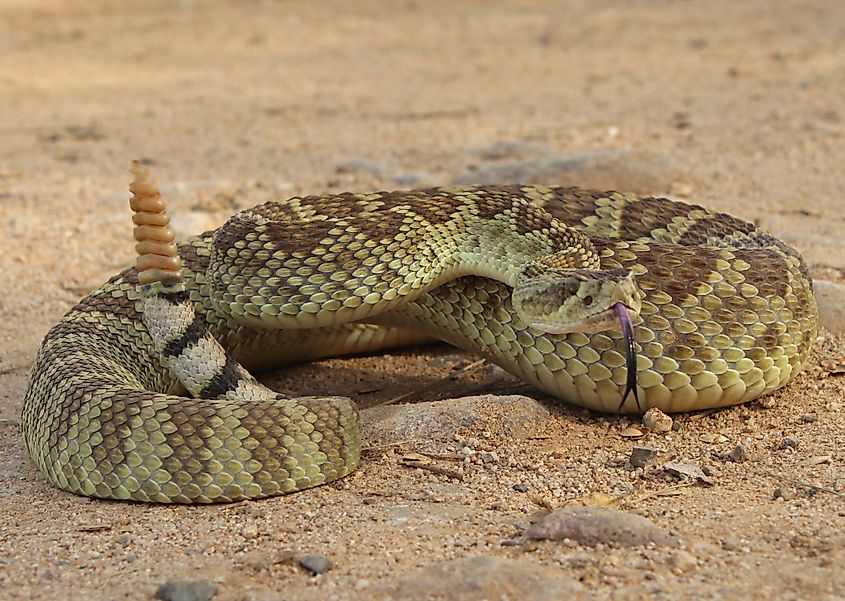
Shifting from a wet and wet creekside park with a rare species of snake to a desert mountainscape with all kinds of reptiles around its ridges, Picacho Peak State Park is ideal for the sturdily-shod and hydrated hiker who is undeterred by creepy-crawlies. The park's titular peak rises 3,350 feet above sea level, roughly halfway between Phoenix and Tucson. Catch a brilliant sunrise/sunset, join one of the monthly Full Moon Hikes, soak up the fields of spring wildflowers, or simply enjoy the company of the surrounding Saguaro cacti. Whatever the case, you can expect to encounter the likes of the western diamondback, gopher snake, garter snake, and coachwhip, and may run into the Mojave rattlesnake or tiger rattlesnake (Crotalus tigris). If you'd like to learn more about these resident serpents or face your fear in a controlled setting, consider attending one of the monthly, ranger-led Into the Snake Den events.
Lost Dutchman State Park

Another of southern Arizona's Sonoran Desert mountain playgrounds can be found at Lost Dutchman State Park - just 40 miles east of Phoenix. Here, the Superstition Mountains serve as backdrop, with the eye-catching mesa rock formation known as The Flatiron being the skyline's dominant feature. Trails ranging from accessible to advanced, and even a newly blazed mountain bike loop, explore this compelling terrain, allowing ample opportunities for solitude and wildlife watching. Along with coyotes, bobcats, deer, javelina, and loads of lizards, snake sightings are always a distinct possibility. As we've come to expect in a mesquite setting, rattlesnakes are the most worrisome residents. The hefty western diamondback is the most common of Arizona's rattlers, and in this regard, Lost Dutchman State Park is no exception. The sun-baked slopes of the Superstitions also tend to summon sidewinders and the rattlesnake-mimicking (but non-venomous) Sonoran gopher snake (Pituophis catenifer affinis).
Kartchner Caverns State Park
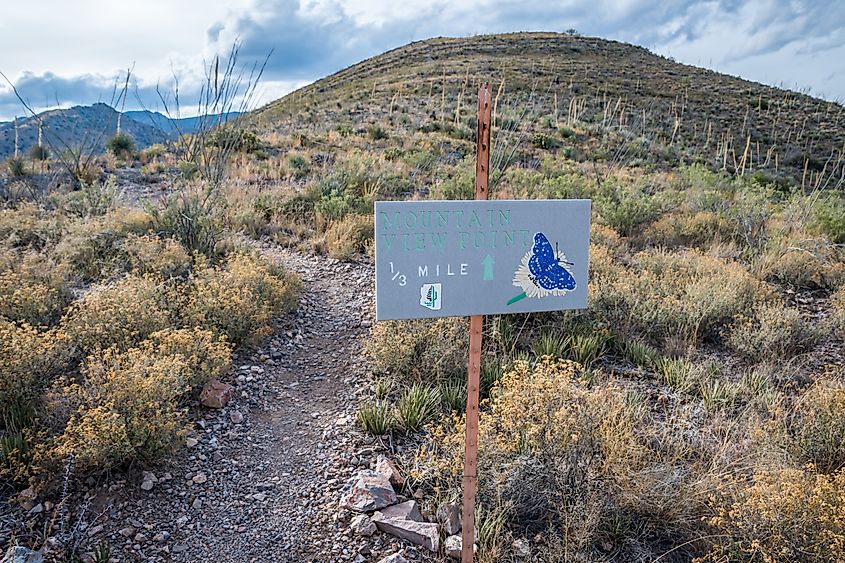
Down in the southeast corner of Arizona, a little less than an hour's drive from Tucson, Kartchner Caverns State Park switches things up with an enormous limestone cave system. This subterranean world can be explored with the help of artificial lights, helmets, and tour guides. Here, you will encounter uncanny speleothems (i.e., stalactites and stalagmites), as well as a seasonal cave myotis bat colony. Approximately 1,000 females and their pups inhabit the cave's Big Room from mid-April to mid-October, and the adults can be seen exiting the cave each night to feed on swarms of insects. Above ground, there are short and moderate trails through the Whetstone Mountains on the park's western flank, and a combination of cabins and camp sites makes it worthwhile to spend the night.
Should you choose to do so, beware of several species of rattlesnakes that are attracted to the warm roadways at night and overgrown areas (stay on the designated trails). Aside from rattlesnakes, Kartchner visitors might catch a glimpse of a coachwhip (Masticophis flagellum). This long, slender, and pinkish, speckled snake is non-venomous but extremely swift and good at climbing trees, and therefore, first-time encounters can be a bit intimidating. Just know that coachwhips don't attack humans unless provoked, and usually just make a dash for safety.
Catalina State Park
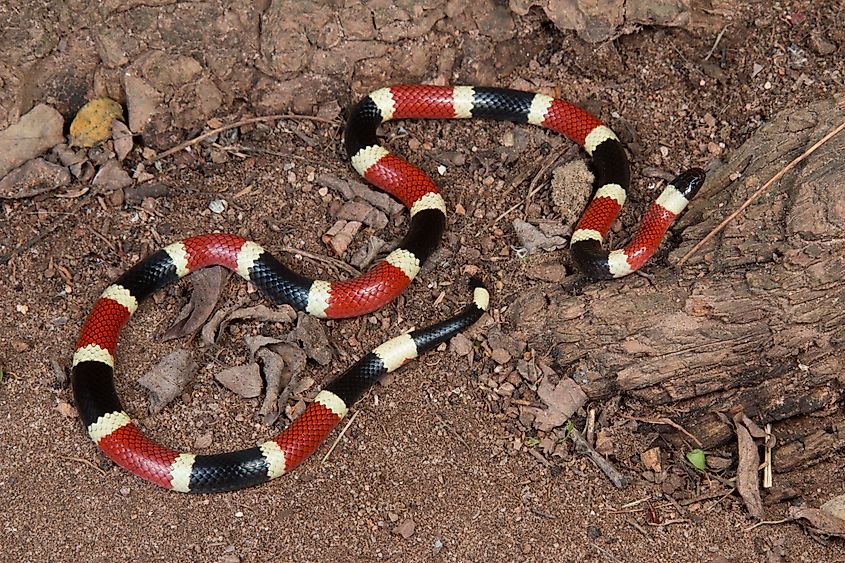
Finally, just north of Tucson, at the base of the Santa Catalina Mountains and the Coronado National Forest, Catalina State Park enjoys, by far, the largest landscape on this list. Some 5,000 saguaros have spread across the park's 5,500 acres of foothills, canyons, streams, campsites, and multi-use trails (i.e., hiking, biking, and equestrian). These cacti are fun to photograph during the day and easy to anthropomorphize come dusk. And as one should assume across such a desert scene, nearly every species thus far covered on this list (save for the narrow-headed garter snake) has shown itself in these parts. Some of Catalina's lesser-known characters include the black, yellow, and red-striped Sonoran coral snake (Micruroides euryxanthus) and the black-tailed rattlesnake (Crotalus molossus) - both of which are venomous - as well as the long and slender Sonoran whipsnake (Masticophis bilineatus) and short, slender, and aptly-named ring-necked snake (Diadophis punctatus).
Stay Sharp, But Enjoy The Parks
Along with highlighting the copious species of native snakes, I wanted to make sure to shine light on each of these seven state parks' assets. Yes, Arizona has a lot of snakes, and yes, trail and creekside encounters are a distinct possibility. Still, at the same time, with a bit of awareness and perhaps strength in numbers, there is really no reason to let misunderstood reptiles ruin an enjoyable day at the park. Be mindful of where you walk and listen for any potential rattlesnake warnings. Otherwise, go for that scenic hike, explore that eye-opening cave, zip down that natural slide, and camp out under the stars.










